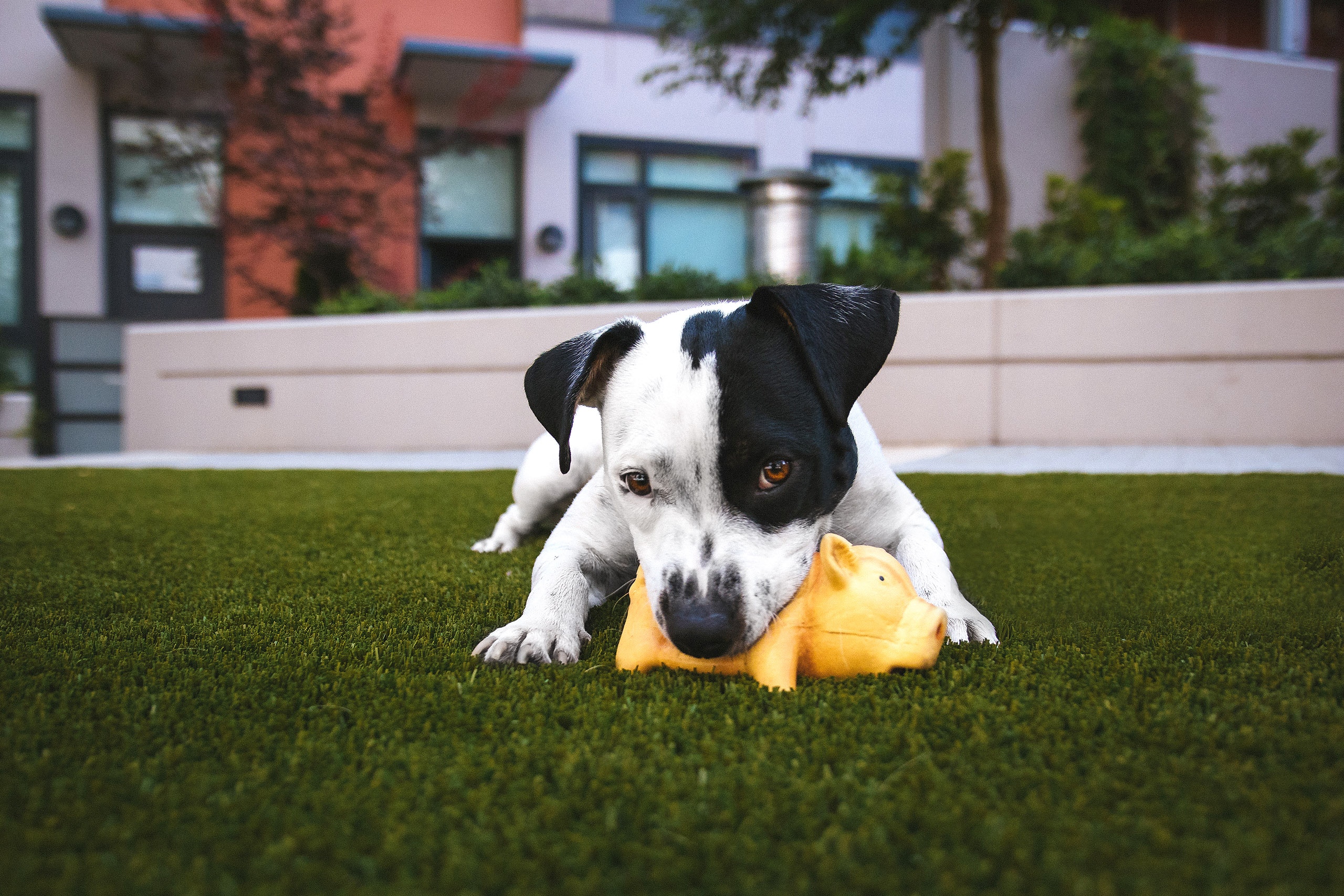
Leaving your pet at home for a few days when you go away is never the best aspect of having an animal companion, but it’s a necessary evil from time to time. The fact is, with a well-organized pet sitting plan, you need not cause any discomfort to your pet, nor lose any sleep over whether or not you pet is being cared for adequately. Here are 6 essential pieces of advice for leaving perfect pet sitting instructions.
1. Make your instructions clear
The last thing your pet sitter needs is a copious amount of hand-written notes that make no sense whatsoever. Do not just brain dump onto the page, and remember that, sometimes, less is more.
With that in mind, be clear, concise and spare any non-essential details where necessary. However, it is important that you include the following pieces of information.
2. Detail your pet’s feeding needs
When it comes to diet, you cannot be too detailed.
Not only must you include what your pet eats, but how much, when and how often. It may be obvious to you, as the primary caregiver, but to someone else it can be a minefield of potential confusion. As Robbie Costigan of OXEssays and Assignment Service adds: “Do not assume anything. In essence, looking after a pet is a simple thing if you get their dietary requirements right. And to get it right, leave instructions that leave no doubt.”
3. Describe where everything is located
This is another simple piece of advice, but it is often overlooked. Not only should you put down where essential equipment can be found, leave those pieces out in an obvious spot to aid the pet sitter. Don’t make their job more difficult than it needs to be.
4. Include behavioral details
Every pet, like a person, is full of little idiosyncrasies that become apparent over a period of time. If your pet sitter is familiar with your pet, then these idiosyncrasies will already be clear and it won’t be necessary to detail them all. However, if they are not familiar, then every little action and reaction can be a cause of some consternation and perhaps even alarm.
The fact is that, if you have been wise with your choice, your pet sitter will be desperate to do a good job. Anything that your pet does that may possibly alarm your pet sitter is bad news because that creates a stressful environment. Therefore, detail all those little behavioral traits that your pet sitter is likely to experience in your animal friend, and this will set them at ease. And if your pet sitter is at ease, that will improve the sitting experience for your pet in turn.
“Your pet is an individual that you understand but others will not, at least not at first. Therefore leave instructions which relay your pet’s personality and normal behaviors in order to make the pet sitter feel as comfortable as possible with the task at hand,” advises Millie Savage, a writer at Boomessays and Essayroo.
5. Clearly list emergency details
Sometimes things can go wrong, that is just a fact. It is therefore imperative that you have a set of instructions of what to do in this case. Provide vet and insurance details, and state what is to be done if your pet goes missing. Who should the sitter contact? Things can go awry, through nobody’s fault, so plan for every possibility.
6. And finally…have a contingency plan
Delays to your return sometimes occur, and they can be stressful in themselves. What you do not need is the added stress of not knowing who can take care of your pet while you are held back from getting home. For this very reason, always have a contingency plan is place that you can spring in to action if the need arises.
Writing a great pet sitting plan is easy with these top tips, and always remember to keep it simple where possible. However, if you would like assistance with your writing, Via Writing, UKWritings, Simplegrad, Academic Writing Service can all assist in improving your writing skills. And once you are done, State Of Writing and Big Assignments can also help you in that all-important task of proofreading.